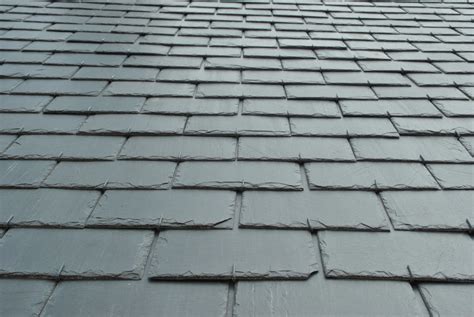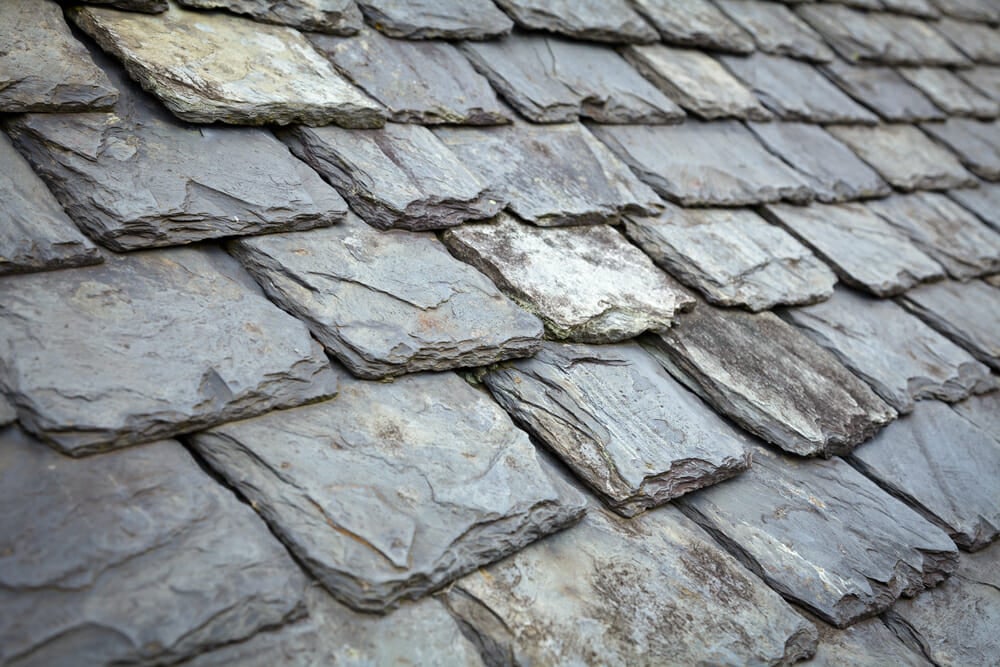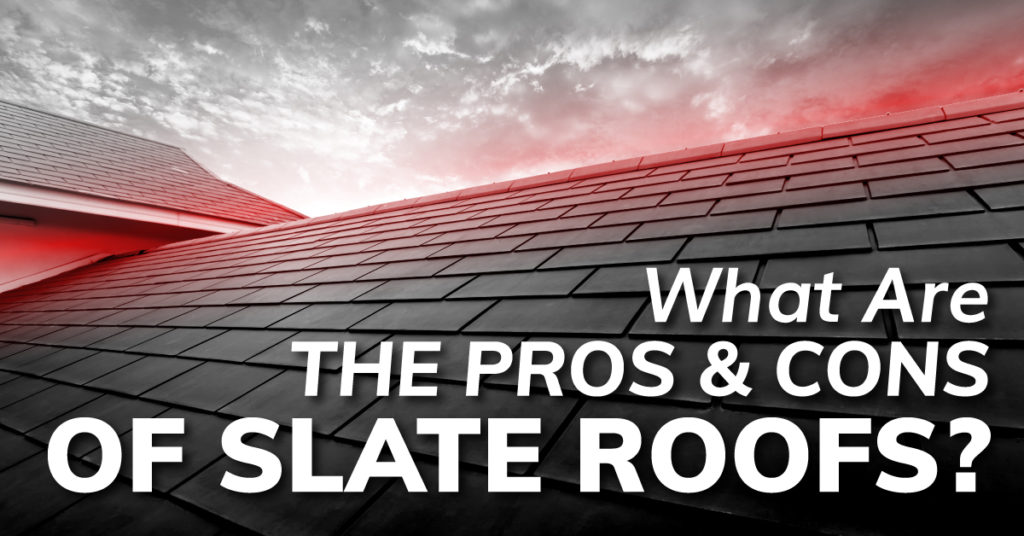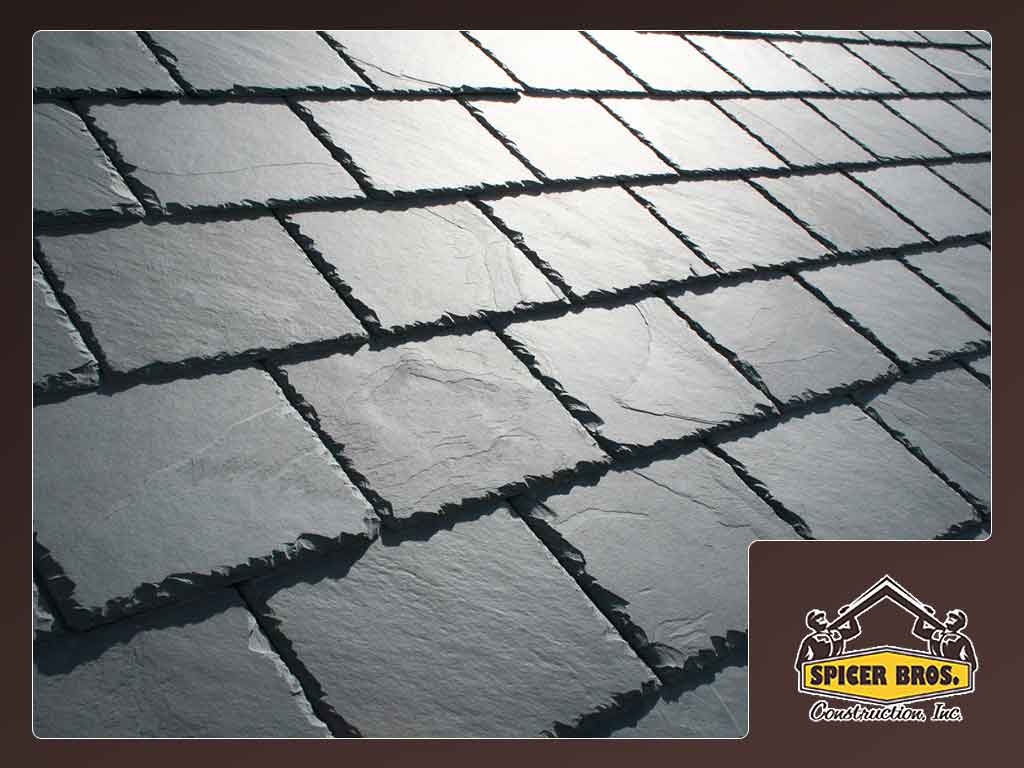Exploring the world of slate roofing pros and cons, this article aims to provide a deep dive into the advantages and disadvantages of this popular roofing material. From its durability to maintenance challenges, we cover it all in a clear and engaging manner.
 Read on to discover everything you need to know about slate roofing before making a decision for your own home.
Read on to discover everything you need to know about slate roofing before making a decision for your own home.
 Slate roofing offers numerous advantages that make it a popular choice for homeowners looking for a durable and aesthetically pleasing roof.
.
Slate roofing offers numerous advantages that make it a popular choice for homeowners looking for a durable and aesthetically pleasing roof.
.
 When it comes to the environmental impact of roofing materials, slate stands out as a more sustainable option compared to other materials like asphalt or metal.
When it comes to the environmental impact of roofing materials, slate stands out as a more sustainable option compared to other materials like asphalt or metal.
 In conclusion, slate roofing offers a unique blend of timeless beauty and long-lasting durability. While it may come with a higher price tag and maintenance requirements, the benefits often outweigh the drawbacks. Whether you're drawn to its classic appeal or eco-friendly qualities, slate roofing is a solid choice for homeowners looking for a reliable and aesthetically pleasing option.
In conclusion, slate roofing offers a unique blend of timeless beauty and long-lasting durability. While it may come with a higher price tag and maintenance requirements, the benefits often outweigh the drawbacks. Whether you're drawn to its classic appeal or eco-friendly qualities, slate roofing is a solid choice for homeowners looking for a reliable and aesthetically pleasing option.
 Read on to discover everything you need to know about slate roofing before making a decision for your own home.
Read on to discover everything you need to know about slate roofing before making a decision for your own home.
Overview of Slate Roofing
Slate roofing is a type of roofing material made from natural slate rock. It is known for its durability, longevity, and elegant appearance, making it a popular choice for high-end homes and buildings.Historically, slate has been used in roofing for centuries, with evidence dating back to the Roman Empire. Its use became widespread in Europe during the Middle Ages, where it was favored for its fire resistance and ability to withstand harsh weather conditions.There are different types of slate used for roofing, each with its own unique characteristics. Some common types include:Types of Slate Used for Roofing
- 1. Hard Slate: This type of slate is known for its durability and resistance to impact, making it ideal for areas prone to severe weather conditions.
- 2. Soft Slate: Soft slate is more easily cut and shaped, making it suitable for intricate roof designs and patterns.
- 3. Artificial Slate: While not natural, artificial slate is made to mimic the appearance and properties of natural slate, offering a more affordable alternative.
Pros of Slate Roofing
 Slate roofing offers numerous advantages that make it a popular choice for homeowners looking for a durable and aesthetically pleasing roof.
Slate roofing offers numerous advantages that make it a popular choice for homeowners looking for a durable and aesthetically pleasing roof.
Durability of Slate Roofing
Slate roofs are renowned for their exceptional durability, with a lifespan that can exceed 100 years when properly maintained. Unlike other roofing materials that may deteriorate over time, slate is resistant to weathering, rot, and fire, making it a long-lasting investment for your home.Aesthetic Appeal of Slate Roofs
One of the key advantages of slate roofing is its timeless and elegant appearance. The natural beauty of slate tiles adds a touch of sophistication to any home, enhancing its curb appeal and increasing its overall value. Slate roofs come in a variety of colors and textures, allowing homeowners to choose a style that complements the architectural design of their property.Energy Efficiency of Slate Roofing
Slate roofing is known for its energy-efficient properties, helping to regulate the temperature inside your home and reduce heating and cooling costs. The natural thermal insulation of slate tiles helps to keep your home comfortable year-round, reducing the need for excessive energy consumption. Additionally, the longevity of slate roofs means less material waste over time, making them an environmentally friendly roofing option.Cons of Slate Roofing
While slate roofing offers many benefits, there are some drawbacks to consider before choosing this material for your roof.High Cost Associated with Slate Roofing
Slate roofing is known for its high cost compared to other roofing materials. The initial investment for a slate roof can be significantly more expensive than traditional asphalt shingles or metal roofing. This cost can be a deterrent for homeowners on a tight budget.Weight of Slate Roofs and Its Implications
Another downside of slate roofing is its heavy weight. Slate tiles are much heavier than other roofing materials, putting more strain on the structure of the house. This can lead to additional costs for reinforcing the roof structure to support the weight of the slate tilesMaintenance Challenges of Slate Roofs
While slate is a durable material, it can still be prone to cracking and chipping over time. Repairing slate tiles can be difficult and costly, as matching the color and size of the original tiles can be a challenge. Additionally, regular maintenance such as cleaning and sealing is necessary to ensure the longevity of a slate roof.Installation and Maintenance
When it comes to slate roofing, proper installation and maintenance are crucial to ensure the longevity and durability of the roof. Here we will discuss the process of installing a slate roof, tips for maintaining it, and the lifespan of a slate roof.Installing a Slate Roof
Installing a slate roof is a meticulous process that requires skilled professionals. Here are the key steps involved in the installation:- Preparing the roof deck: The roof deck must be sturdy and properly prepared to support the weight of the slate tiles.
- Installing underlayment: A waterproof underlayment is placed over the roof deck to provide an additional layer of protection.
- Setting the slate tiles: Each slate tile is individually laid and secured to the roof deck using nails or hooks.
- Finishing touches: Flashing is installed around roof penetrations and edges to prevent water leaks.
Tips for Maintaining a Slate Roof
Proper maintenance is key to prolonging the lifespan of a slate roof. Here are some tips to keep your slate roof in good condition:- Regular inspections: Inspect the roof for any damaged or missing tiles and replace them promptly.
- Clean gutters: Keep gutters clear of debris to prevent water from backing up and causing damage to the roof.
- Trim overhanging branches: Trim trees near the roof to prevent branches from damaging the slate tiles.
- Professional maintenance: Hire a professional roofer to conduct regular inspections and maintenance to ensure the roof stays in top condition.
Lifespan of a Slate Roof
A well-maintained slate roof can last for over 100 years, making it one of the most durable roofing materials available. Proper installation and regular maintenance are essential in maximizing the lifespan of a slate roof.Environmental Impact
 When it comes to the environmental impact of roofing materials, slate stands out as a more sustainable option compared to other materials like asphalt or metal.
When it comes to the environmental impact of roofing materials, slate stands out as a more sustainable option compared to other materials like asphalt or metal.
Comparison with Other Materials
- Slate is a natural material that is mined from the earth without the need for extensive processing, unlike asphalt shingles that require significant energy to produce.
- Unlike metal roofing, which can contribute to heat island effect, slate reflects heat and helps with energy efficiency.
- Slate roofs have a longer lifespan than most other roofing materials, reducing the frequency of replacements and waste generation.
Sustainability of Slate Roofing
Using slate for roofing is considered sustainable due to its durability and longevity. A well-maintained slate roof can last over a century, reducing the need for frequent replacements and the associated environmental impact.Slate roofs are known for their resilience to weather elements, making them a sustainable choice for long-term roofing solutions.
Recyclability of Slate Roofing Materials
While slate itself is a natural material that can be recycled, the process can be challenging and costly due to the need for specialized equipment and expertise. However, salvaging and reusing slate tiles from old roofs is a common practice, reducing the demand for new materials and minimizing waste.Closure
 In conclusion, slate roofing offers a unique blend of timeless beauty and long-lasting durability. While it may come with a higher price tag and maintenance requirements, the benefits often outweigh the drawbacks. Whether you're drawn to its classic appeal or eco-friendly qualities, slate roofing is a solid choice for homeowners looking for a reliable and aesthetically pleasing option.
In conclusion, slate roofing offers a unique blend of timeless beauty and long-lasting durability. While it may come with a higher price tag and maintenance requirements, the benefits often outweigh the drawbacks. Whether you're drawn to its classic appeal or eco-friendly qualities, slate roofing is a solid choice for homeowners looking for a reliable and aesthetically pleasing option.












